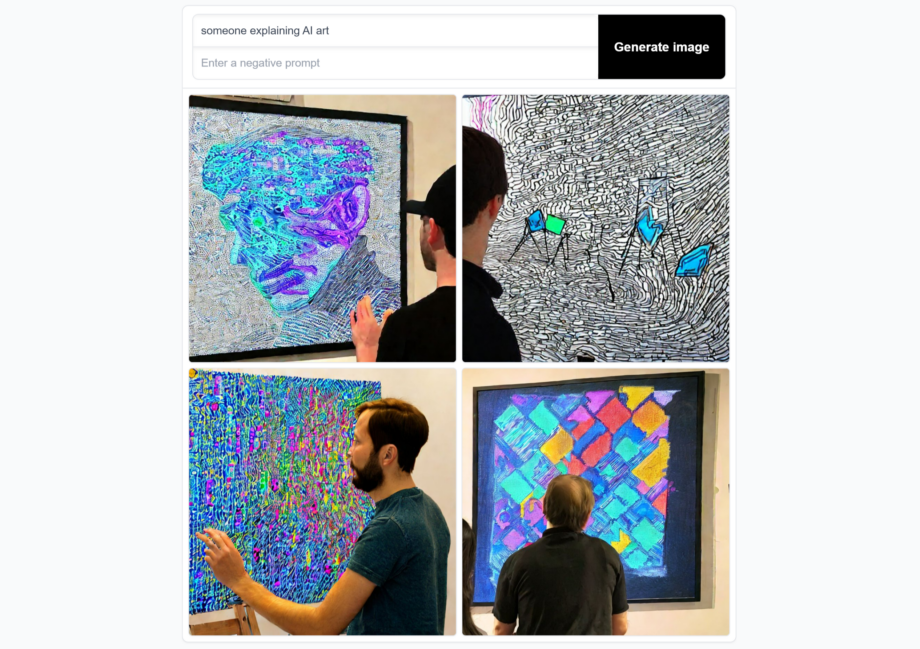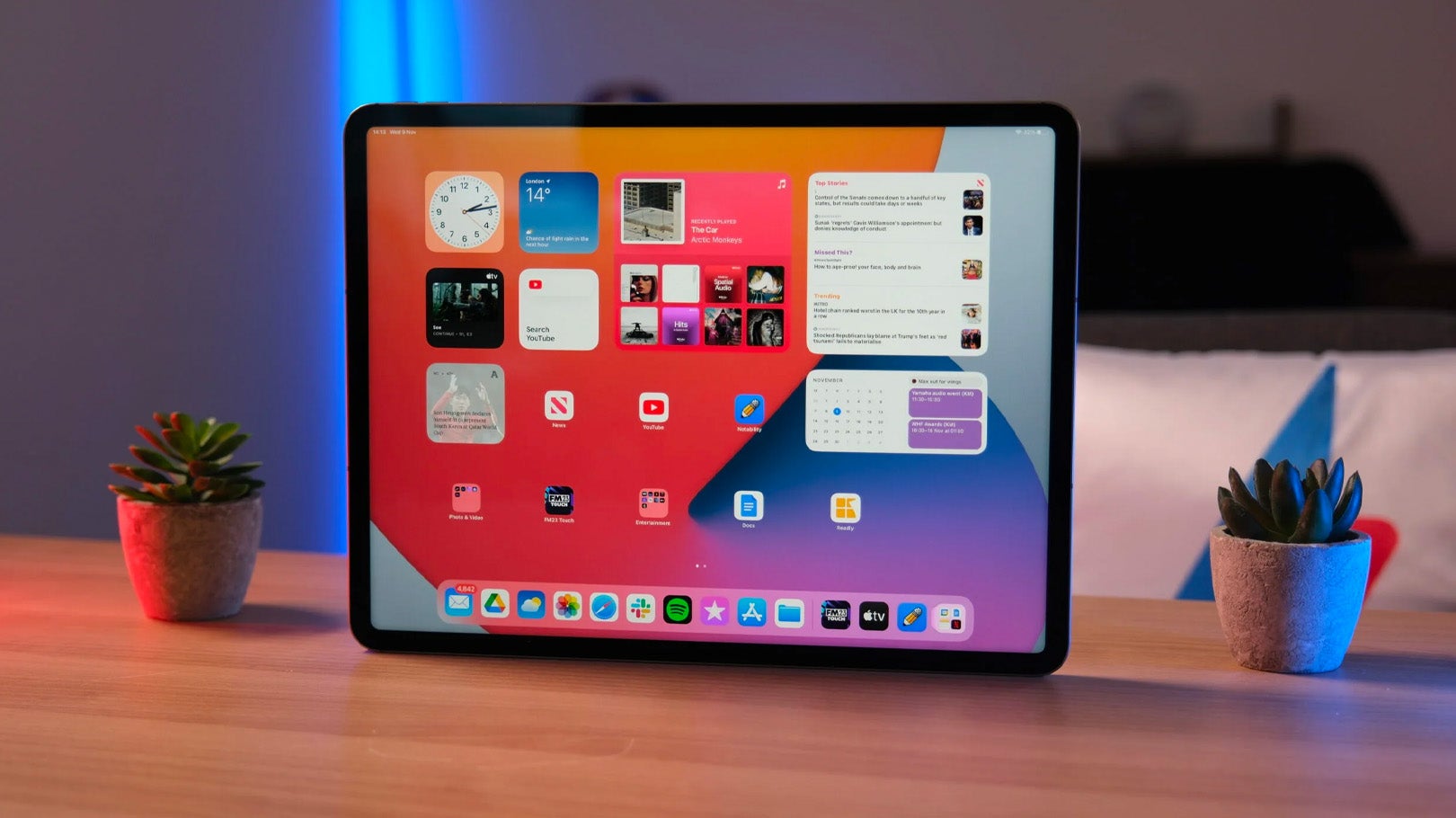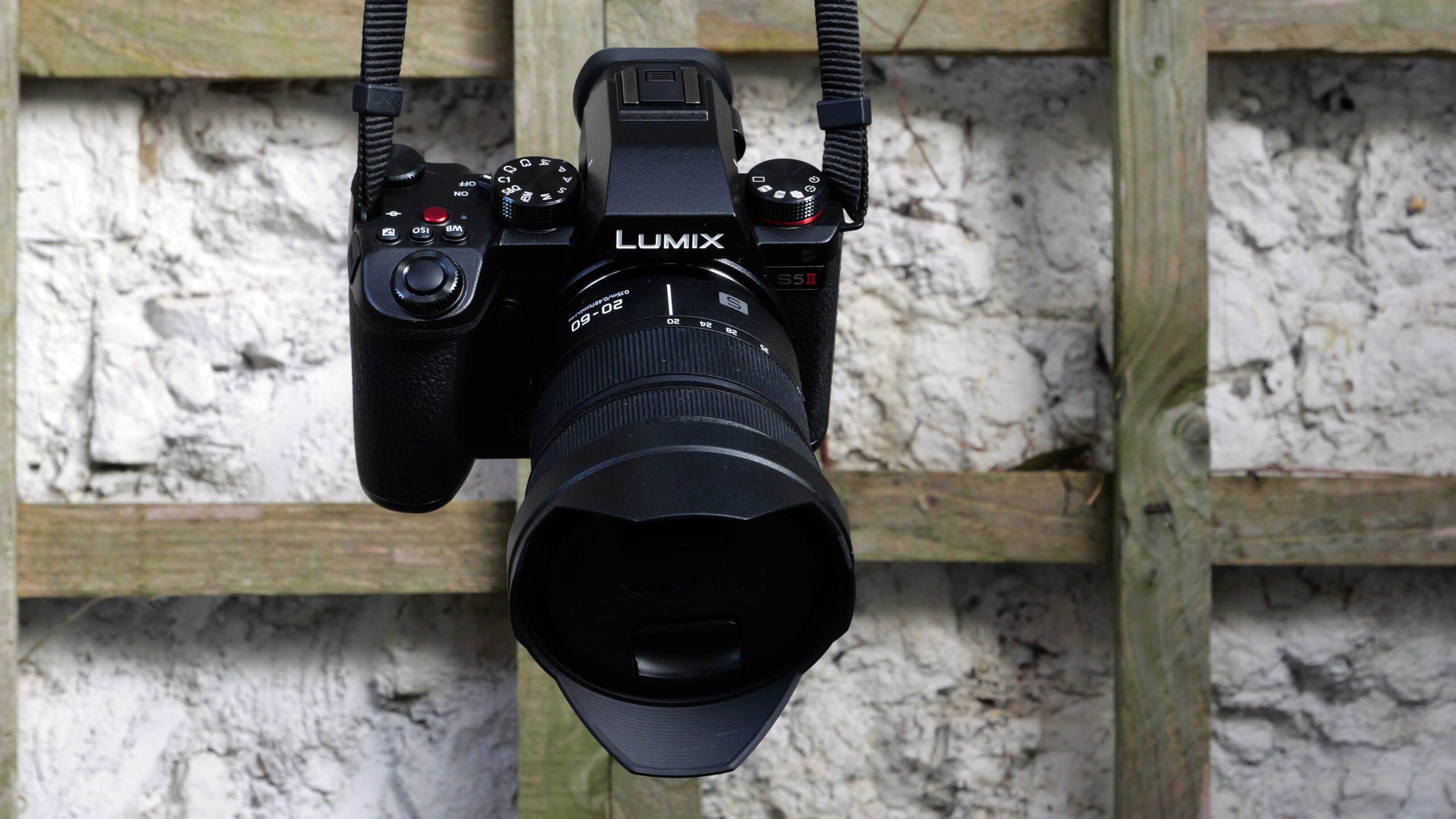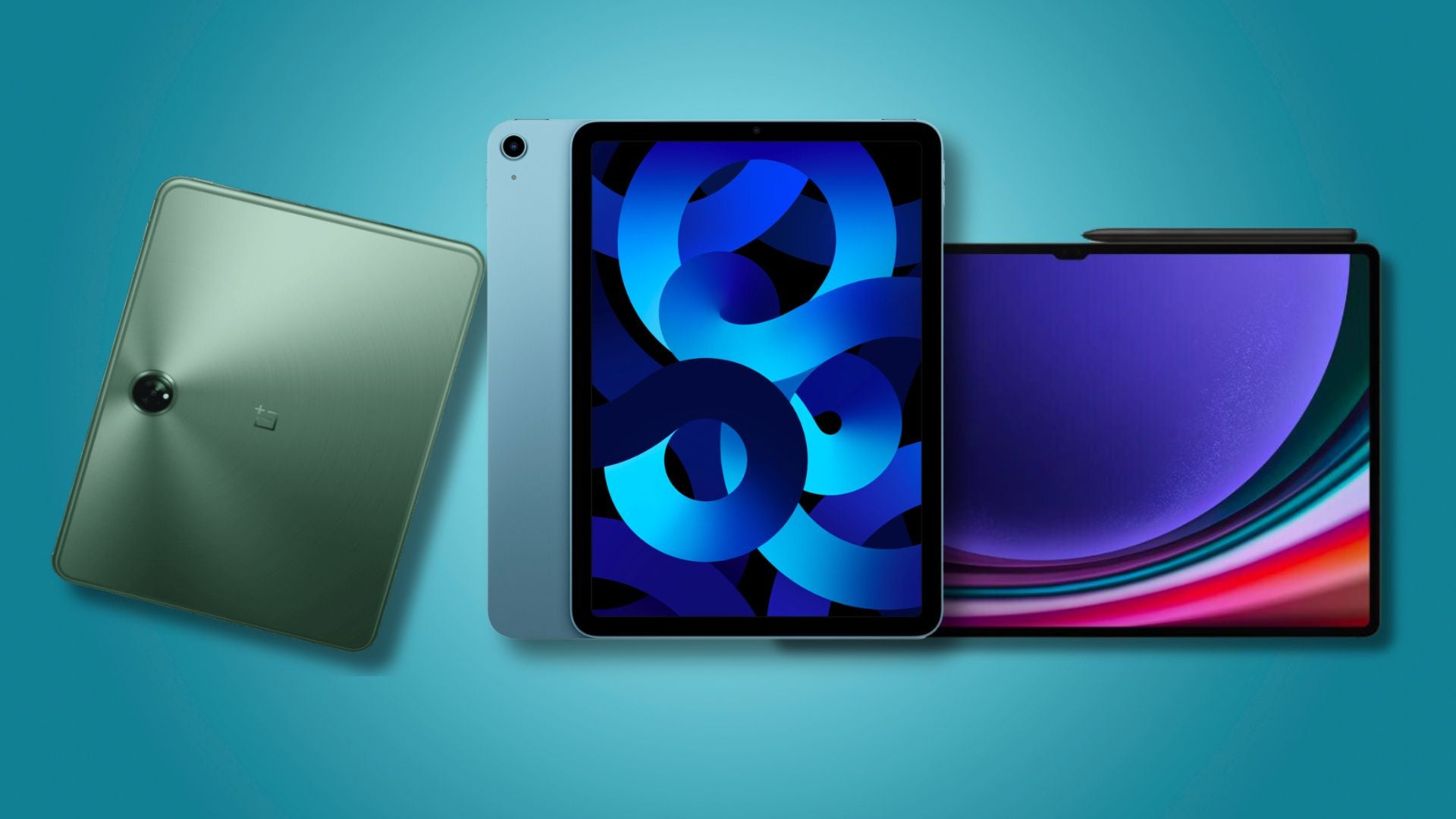What is AI art? How art is being generated online

If you’ve been on social media recently, chances are you’ve come across a piece of AI art – even if you didn’t know it.
AI art programmes like DALL-E 2 and Midjourney have seen a surge in popularity as of late, but how do they work?
Read on to learn everything you need to know about AI art, the programmes people are using and why some artists are voicing their concerns…
What is AI art?
The term “AI art” essentially refers to any piece of art that has been created using artificial intelligence, or AI.
There are many different ways to make AI art, but one common method is to use a programme that leverages generative adversarial networks (GANs) to produce an image.
GANs consist of two models that have been simultaneously trained using large datasets, often including work by famous historical and contemporary artists. The first model (the generative model) works to generate an image, while the second (the discriminative model) estimates the likelihood that the generated image came from the training dataset.
The generated image moves back and forth between the two models until the discriminative model can no longer differentiate it from the training dataset.
Other popular image generators, such as DALL-E 2, are trained to understand the relationship between images and text descriptions. They then use a process called diffusion to generate an image based on a written prompt.
It begins as a pattern of random dots and gradually alters, morphing into an image as the network recognises specific aspects of the prompt.
This has resulted in some strange, uncanny and downright scary results, as you can see in these posts from the Twitter account @weirddalle.
What are people using to make AI art?
DALL-E 2, Stable Diffusion and Midjourney are some of the most popular programmes for generating art.
Android and iOS app Lensa had its viral moment recently, with many users sharing their own “magic avatars” on social media, while Google’s Deep Dream began as a way to help scientists and engineers see images through a deep neural network’s eyes and later saw a new application as an abstract AI art generator.
Will AI art replace artists?
AI art has caused a stir in recent years, with many artists voicing concerns that they could lose jobs to AI image generators as these programmes become more and more advanced.
In August 2022, Jason Allen took home a ribbon in a competition for emerging digital artists at the Colorado State Fair with Théâtre D’opéra Spatial, a work he created in Midjourney. The news received backlash, as artists accused Allen of cheating by using the programme to generate the image.
There are also concerns over intellectual property being stolen, with countless different artists’ work being used to train AI art models. Many of these programmes actually let users enter an artist’s name within their prompt, allowing for direct replication of a specific artist’s style without their permission or knowledge.
Copyright laws haven’t kept up with these developments in the industry, so there are no laws in place to protect artists.
Supporters of AI art have argued that these programmes will allow artists to work faster and spark new inspiration, specifically when it comes to outlining ideas in the early stages of a work.
However, many fear that the rise of AI art will result in companies skipping out on hiring artists altogether to save money – especially as these programmes become more refined and accessible.





